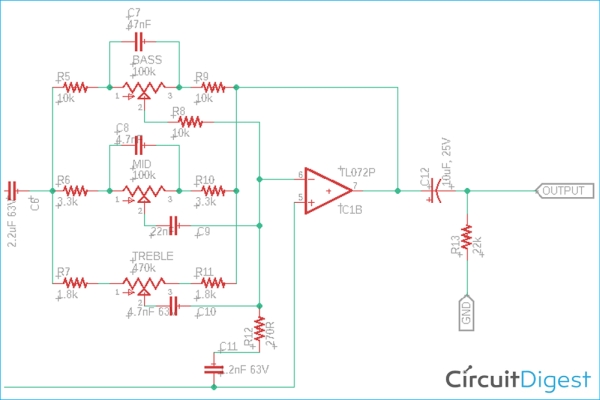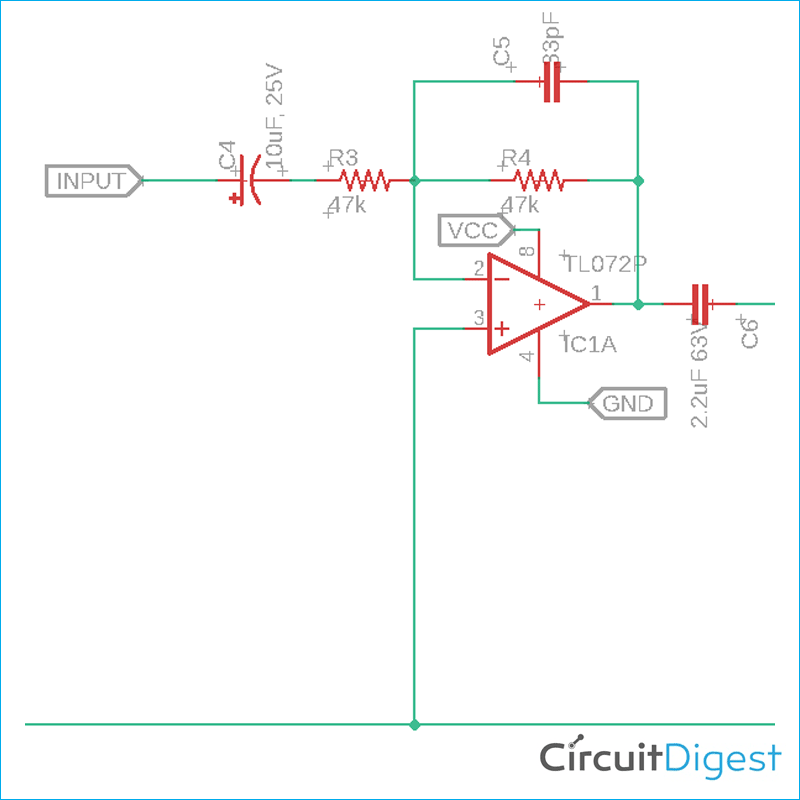


With all of this stated, a model can be illustrated for the op-amp shown in Fig 1.3. Simply put, the voltage across terminal 3 and ground will always equate to A(v 2 - v 1), and independent of the current that may or may not be drawn from the third terminal into a load impedance. This is to say that the input impedance of an ideal op-amp is supposed to be infinite.įocusing on the output terminal now, it should act as though it is a terminal of an ideal voltage source. From here on out, when the voltage is referred to at the terminal, it is meant to be the voltage between that individual terminal and the ground hence v 1 is the voltage applied between terminal 1 and the ground.Īn ideal op-amp shouldn't be drawing any current for the inputs meaning, the current into terminal 1 and signal into terminal 2 are both zero. Once this quantity is found, it is then multiplied by a number A, and in turn, the voltage results in the term A(v 2-v 1). Looking at the actual functions of the circuit inside the op-amp, we see that it is designed to determine the difference between voltage signals that are applied directly to the two input terminals (the difference of v 2 - v 1). Introducing Characteristics of the Ideal Operational Amp Such purposes might be for frequency compensation and negative feedback or offset nulling, which reduces small DC offsets that can be amplified. For simplicity in this article, the op-amp power supplies will not be illustrated.įig 1.2 Op-amp connections to the dc power suppliesīesides the five terminals discussed thus far, an op-amp may have other terminals for specific purposes. It is interesting that this is so because not one terminal on the op-amp package is physically connected to the ground. The ground source that the two dc power supplies are connected to is actually just the common terminal of the two power supplies. Figure 1.2 (b) shows the dc power supplies as batteries, having a common ground source. These two terminals, 4 and 5, are connected to a positive voltage source V cc and a negative voltage source V ee, respectively. Generally speaking, most integrated circuit op-amps require not one, but two dc power supplies, as Fig 1.2 illustrates. In order to operate an amplifier, it needs to be connected to a dc power supply. The two terminals on the left-hand side of the op-amp, 1 and 2, are the two input terminals, and on the right side, terminal 3 is the output terminal. The figure below, Fig 1.1 illustrates the symbol used for the op-amp discussed in this article. The op-amp has three terminals: two input terminals and one output terminal.
#Ic1a op amp how to#
This article will cover analyzing circuits containing op amps, how to use these op-amps to design amplifiers, and important nonideal characteristics of op amps.

Equally important is that the op-amp circuit components can perform at theoretical levels that have been predicted. With the operational amp having such characteristics that are close to ideal, it is rather easy to design and build circuits using the IC op amp. This integrated circuit has many characteristics that approach those that are considered to be ideal.


 0 kommentar(er)
0 kommentar(er)
